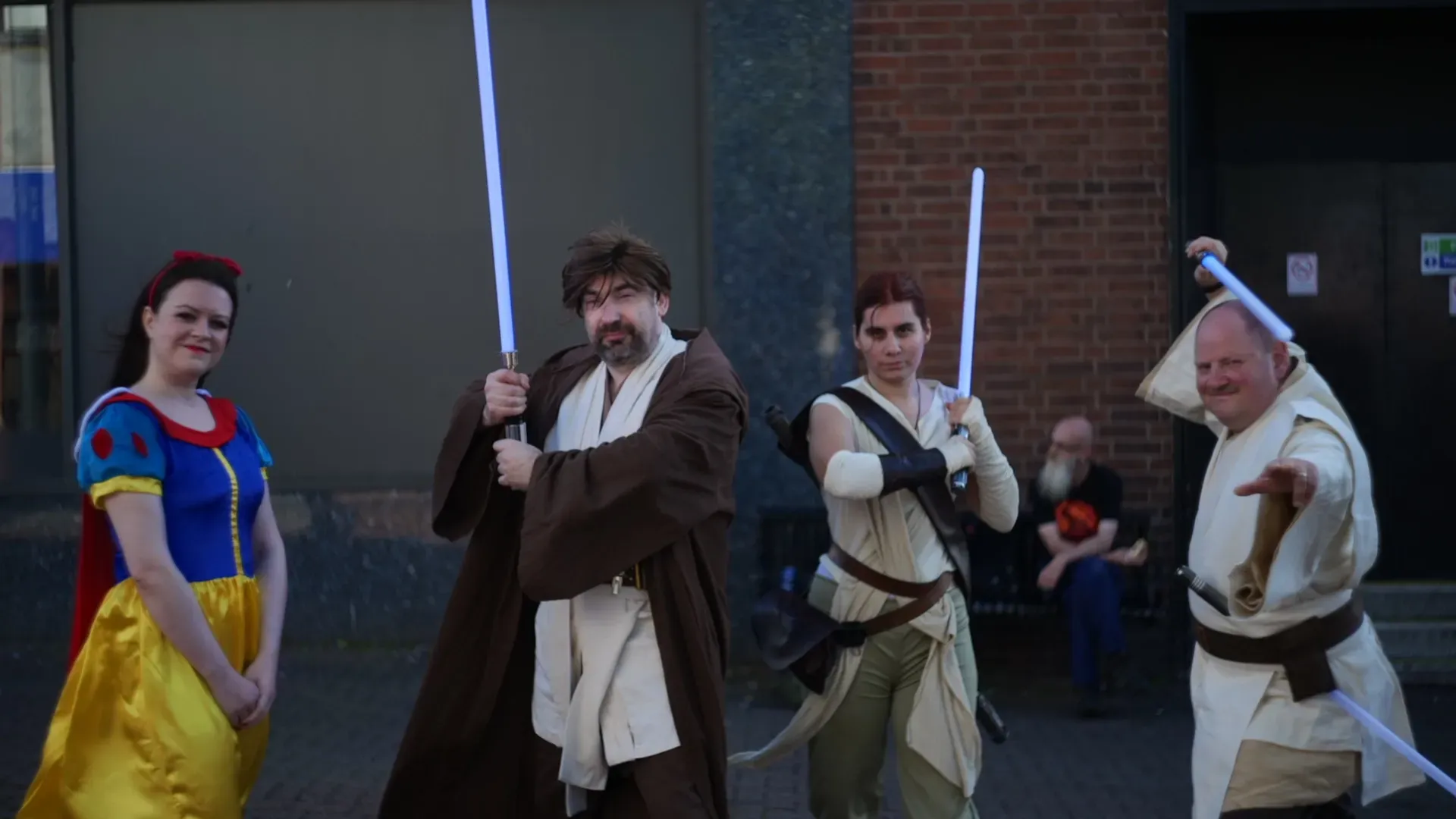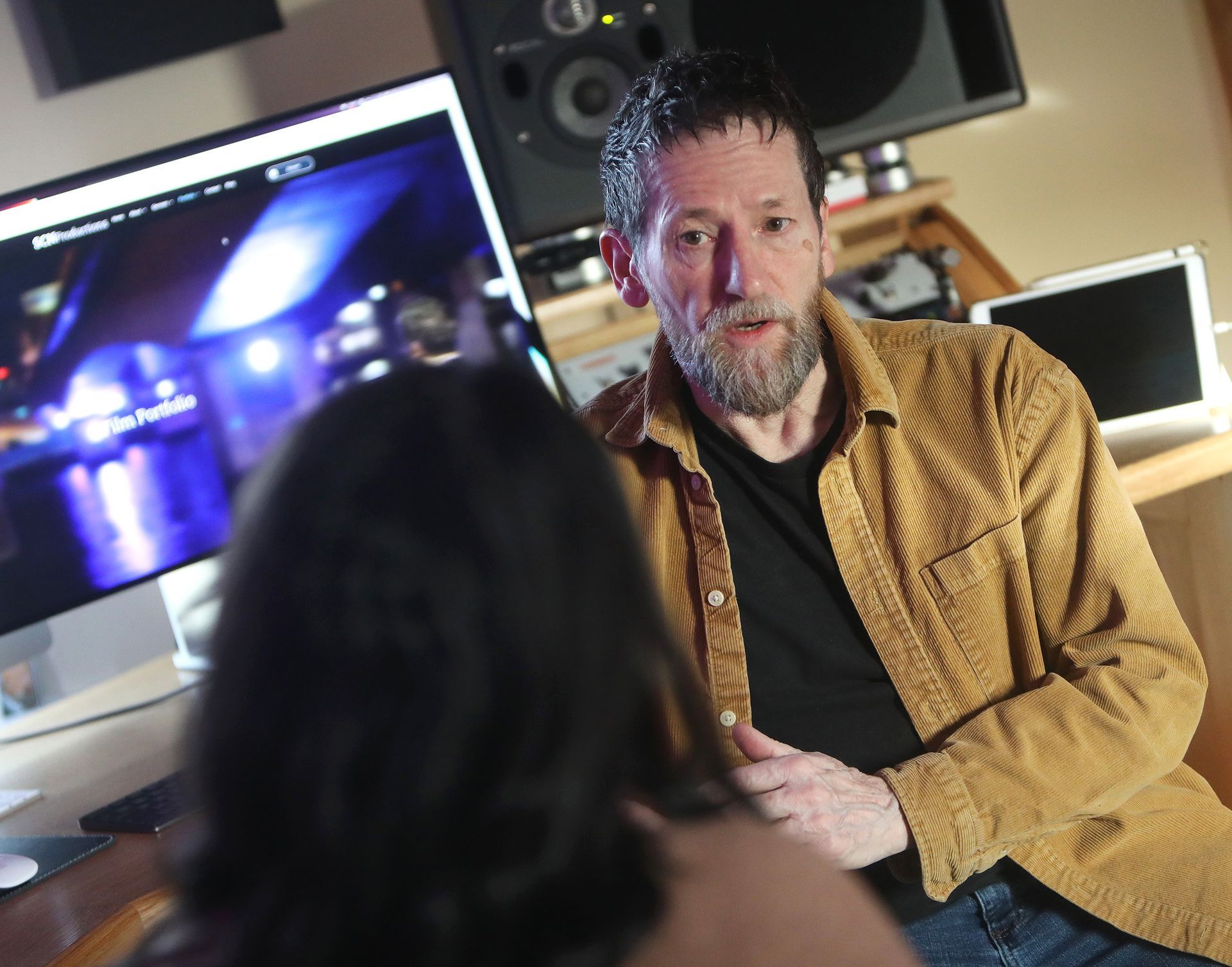A Musical Note - frequency and perfect pitch - absolute or not?
Not so perfect pitch.
After some decades immersed in the composition and performance of music in various formats, it has come to my attention that not all notes are necessarily ‘musical’.
To assimilate all the known sounds and frequencies of the created living world under the banner of being musical would of course be incongruous with an holistic view of nature, however independent of the sound of man’s created world there are natural ‘frequencies’ being emitted which in many cases can be described as musical and used in such a setting.
Now when it comes to frequencies and vibrations, there has been much learned regarding their physics and science, and, for one having been immersed in the execution of tuning frequencies, (in the form of piano tuning) I still have some unanswered questions…
For example what is ‘perfect pitch’? Or indeed is there really such an absolute frequency and if so, how was it derived and by whom…
Now to delve into this subject we have to understand some historical background as to how we have arrived at the musical framework and frequency standards of today. As a rule of thumb, for piano tuners across the globe, the ‘pitch’ or frequency standard used as the de facto standard is A440hz. This means that the note ‘A’ creates waveforms and the peaks and troughs oscillate at the rate of 440 cycles per second. Now I’m no scientist, but a mere tuner of instruments, so in layman’s terms I take along a tuning fork that when struck emits such a tone frequency at 440 waveforms per second, which sets the fundamental pitch of the instrument.
Well actually I use a different note which is C 523.3, this being the same frequency level as A440 just three notes higher.
For those curious musical types amongst us, have you ever wondered why all orchestras, bands, electric guitar tuners, woodwind, brass, stringed and tuned percussion instruments across the board, are based on this tuning known as ‘Concert Pitch’?
Well circa 1936 the American Standards Association In 1936, the American Standards Association recommended that the A above middle C be tuned to 440 Hz. This standard was taken up by the International Organization for Standardization in 1955 as Recommendation R 16, before being formalised in 1975 as ISO 16.(Wikipedia). Thus ‘Concert Pitch’ was born which is with us to this day.
The history of music, sound and frequency is immensely populated with innovative and creative people across the ages, who have played their part in this beautiful story of sound creation. Mozart, Beethoven and many others did not have the luxury of modern day instrument design and manufacture, however they were involved as key forerunners in todays design. In actual fact, the tuning frequency of an orchestral piece was defined by the solo instrument’s capability such as piano, clavinet, harpsichord etc and so tunings ranging from A335-445hz would be used, this being an example frequency range but not limited exclusively to these of course.
Even future back in history as far as biblical times we discover that the instruments used were certainly not tuned to A440hz, such as the shofar (ram’s or Yudu horn), or 10 and 12 string harp of King David.
So in my experience I have to question the validity of perfect pitch - this being known as an inbuilt absolute tuning frequency that any individual can ‘hear’ without reference to any instrument or sound generation of said frequency.
In my own family I can witness to the claims that certain members possessed this wonderful gift, but whilst musical knowledge and understanding, plus highly trained musical perception can provide heightened levels of ‘relative pitch’, there are reasons to believe that perfect pitch does not exist.
My own musical journey has led me down paths of alternative frequency levels such as the well known A432 and A444 (also known as C528), which both provide a resonance that doesn’t exist with standard tuning (A440). This the question remains how can there there be an absolute tuning when there’s such diversity of frequency and sound existing in these alternatives.
For me, there is an absolute certainty and that is, music and sound creation transcends ‘man’s’ ability to create, but most certainly enhances it.


